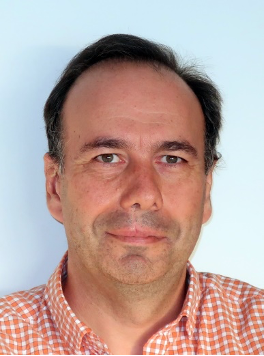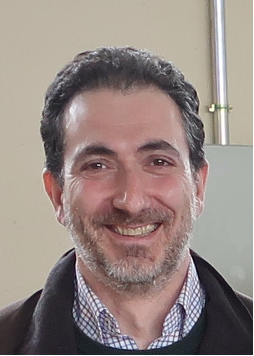Tutorial 03
Positioning with smartphone-acquired GNSS raw signals – a tutorial for beginners
Abstract
Recently, Android-based smartphones have been enabled to acquire the GNSS chipset receiver signals (the so called raw signals), which makes it possible for users to develop their own positioning algorithms in addition to the solution produced by the chipset itself. In a broader scope, it allows programmers to integrate GNSS measurements in other estimation algorithms using complementary sources of information (wifi detections, inertial motion data, map-matching, etc). However, information about GNSS measurements is complex and scattered in a number of sources, many of which are not particularly friendly for beginners, thus driving away potential users of this system. This tutorial describes a step-by-step methodology which will permit the attendants to acquire and process their own GNSS signals, and produce estimates of the location or trajectory of the smartphone. We will also provide the accompanying Matlab-based software to process real GNSS data.
Keywords
GPS, Global Navigation Satellite Systems (GNSS), smartphone positioning, Android
Tutors

Fernando Seco was born in 1972 in Madrid, Spain. He holds a degree in Physics (Universidad Complutense of Madrid, 1996) and a PhD in Physics (UNED, 2002), with a dissertation about the magnetostrictive generation of ultrasonic waves applied to a linear position sensor. Since 1997 he has been working at the Center of Automation and Robotics (CAR) of the Consejo Superior de Investigaciones Científicas (CSIC), in Arganda del Rey, Madrid, where he holds a research position. His main research interest lies in the development of positioning and navigation personal technology for indoor or GPS-denied environments, signal processing of ultrasonic and radiofrequency signals and Bayesian estimation methods. He has authored or collaborated in 35 articles in scientific journals and 75 presentations at scientific conferences.

Fernando J. Álvarez was born in 1972 in Almendralejo, Spain. He received the Physics degree from the University of Sevilla, Spain in 1998 and the PhD degree in electronics from the University of Alcalá, Spain in 2006. He also holds a MSc degree in Signal Theory and Communications from the University of Vigo, Spain (2014) and a MSc degree In Telecommunications Engineering from the University Oberta of Catalunya, Spain (2019). He is currently a Full Professor in the Department of Electrical Engineering, Electronics, and Automation at the University of Extremadura, Spain and the head of the Sensory Systems Research Group of this University. He has authored or co-authored 50 articles in international journals and more than 100 presentations in scientific conferences.